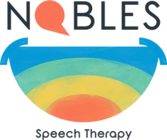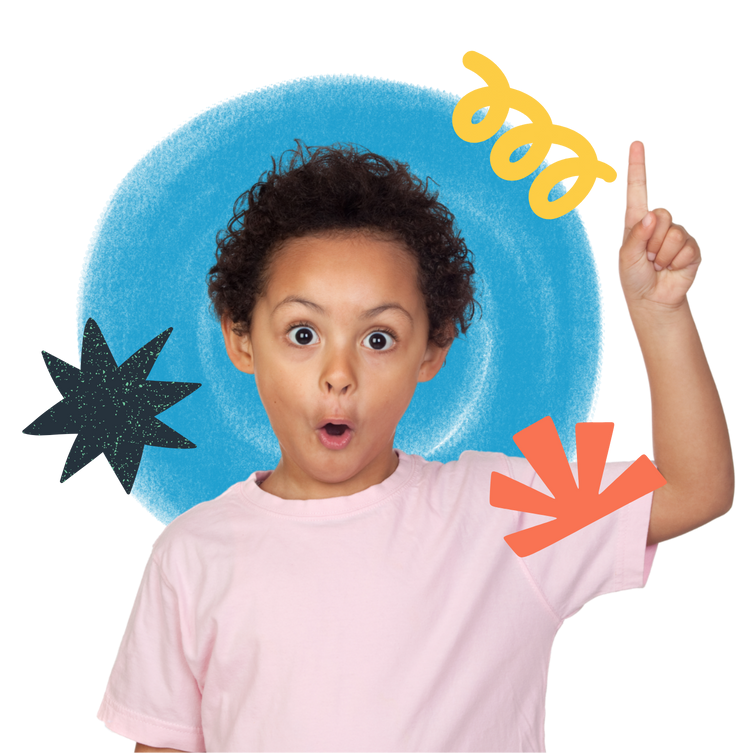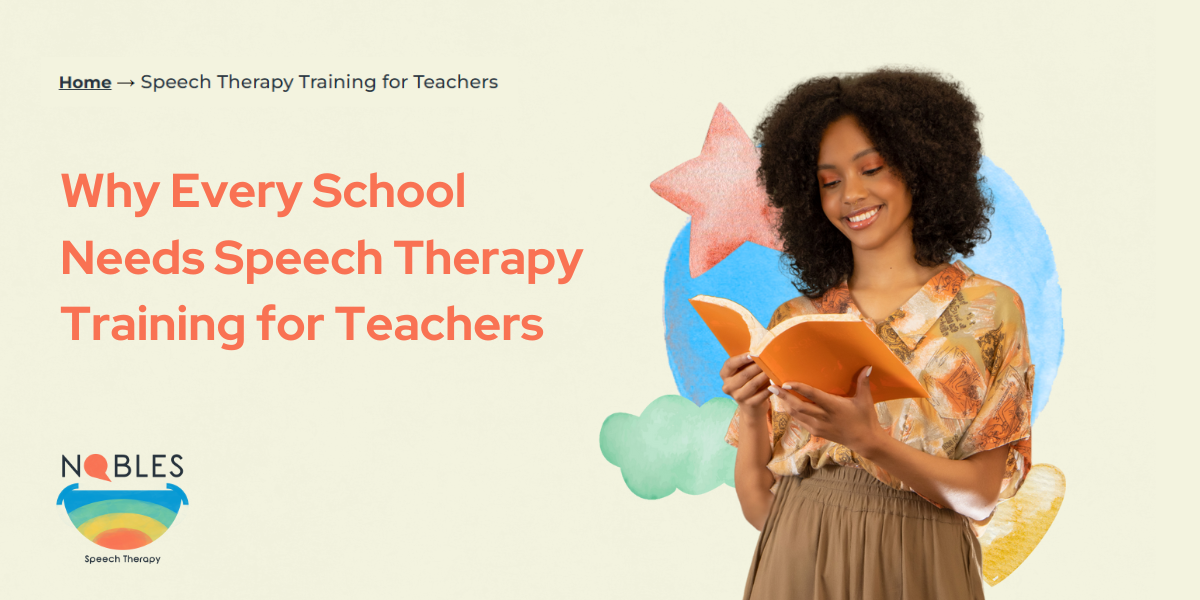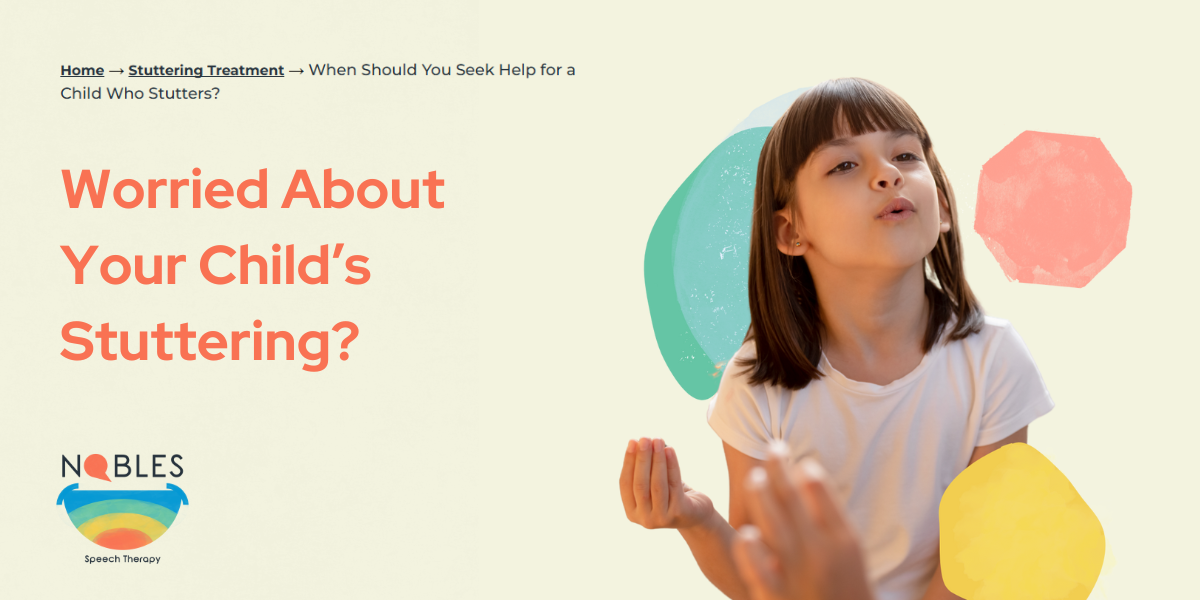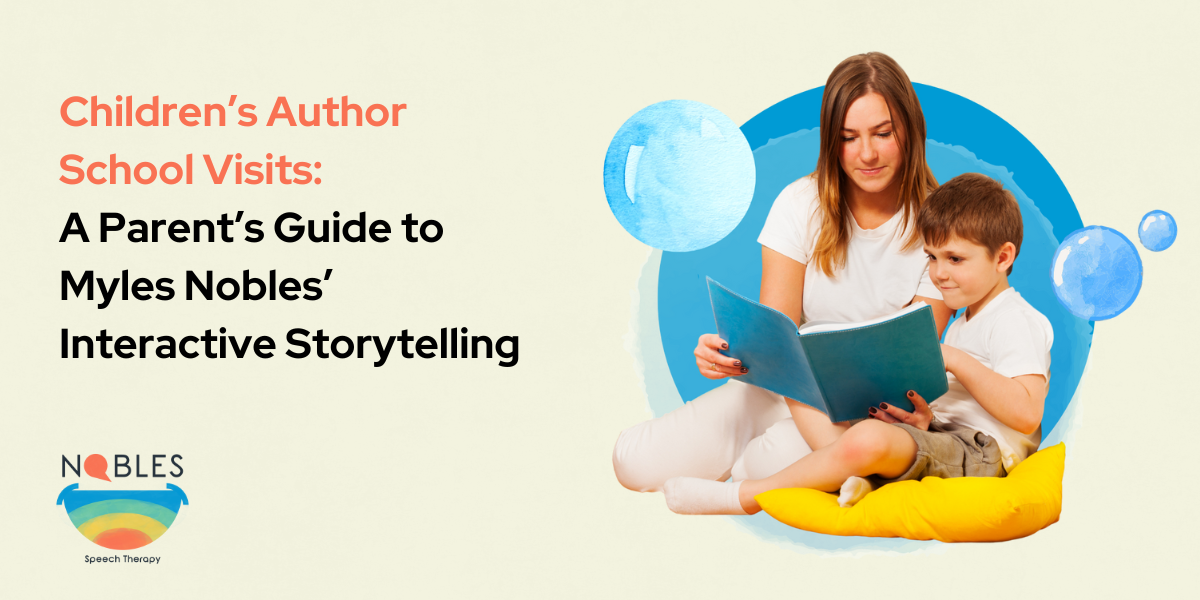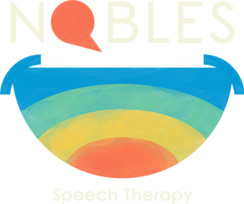Struggling to understand why your child has trouble expressing or understanding words? Learn how these language disorders differ—and what help is available.
Share this page:

If you're raising a child with autism, you've likely found yourself learning a lot about speech and language. You may have heard the term expressive language disorder from a therapist, teacher, or doctor. And now, you're trying to understand what it means, especially when your child also has trouble understanding what others say. Sorting through terms like receptive vs expressive language can be overwhelming, but learning the difference is a decisive first step in helping your child thrive.
Language skills don't just help your child talk; they build connections, confidence, and independence. When your child has trouble with expressive or receptive language, everyday communication becomes a challenge. Knowing the signs of each can help you advocate for your child with confidence and clarity.
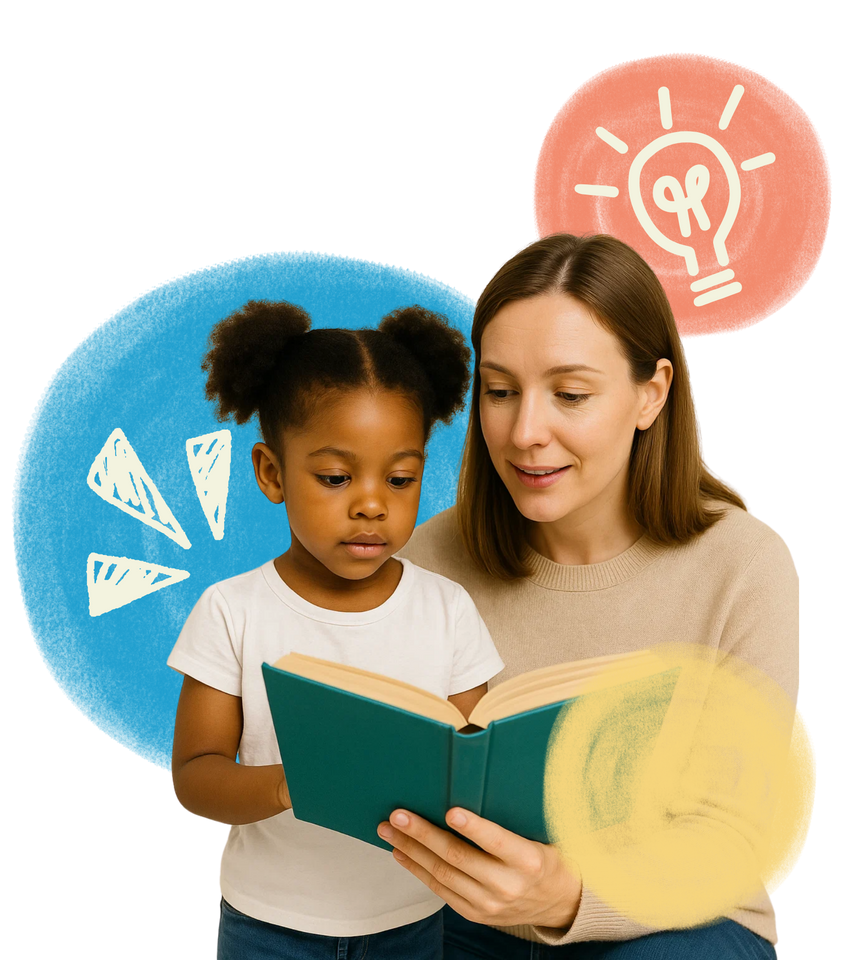
What Is Receptive Language?
Receptive language refers to the ability to understand words and messages from others. For a child, this means grasping what is said in a conversation, following directions, and connecting new words to their meaning. When your child has trouble in this area, they may hear you but not fully understand your message. You might see signs like:
- Difficulty following instructions, even simple ones
- Limited response to questions or conversations
- Seeming distracted or confused during group activities
- Frustration when too many people are talking at once
Your child may appear to be "tuning out," but the issue isn't about paying attention. It's about how their brain processes language input and that's something that can be strengthened with support.
What Is Expressive Language?
Expressive language is how your child communicates their thoughts, feelings, and needs. This includes using words correctly, forming coherent sentences, and organizing ideas in a logical order. Children with expressive language challenges may know what they want to say but struggle to articulate their thoughts. You may notice:
- Short, incomplete sentences
- Repetition or searching for words
- Trouble asking questions or naming things
- Fewer words are used than their peers
As a parent, you understand the heartache of witnessing your child struggle to express themselves. This frustration can lead to meltdowns or withdrawal, especially when they feel misunderstood.

Receptive vs Expressive Language: What to Watch For
Both types of language difficulties affect how your child interacts with the world. When you're sorting
through receptive vs expressive language symptoms, it helps to break it down clearly.
Receptive Language Challenges:
- Doesn't follow directions
- Trouble understanding questions
- Seems confused by stories or explanations
- Gives off-topic or blank responses
- Struggles to learn new vocabulary
Expressive Language Challenges:
- Has a hard time forming sentences
- Struggles to name objects or actions
- Uses fewer words than expected for their age
- Repeats words or pauses often when speaking
- Has trouble retelling events or ideas
If your child shows symptoms in both columns, they may be experiencing what's called a mixed receptive-expressive language disorder. This is common in children with autism and often appears early in life. Getting help early can reduce frustration and open up new ways for your child to connect with the people around them.
How Speech Therapy Can Help
Regardless of where your child starts from, speech therapy can support them. At Nobles Speech Therapy, we work with families every day who are navigating expressive receptive language disorder in young children. Each session is built around your child's strengths, interests, and current level of communication. For receptive language, therapy might include:
- Games that teach listening and attention skills
- Visual supports to reinforce understanding
- Practice with following multi-step directions
- For expressive language, we focus on:
- Building vocabulary through play and routine
- Modeling complete sentences during back-and-forth conversation
- Using gestures, visuals, or AAC devices when needed
Your child won't be forced to perform. Instead, our goal is to meet them where they are and offer support that grows with them. You'll also get
tips and activities to use at home
so progress continues beyond the therapy room.
What if Your Child Has Both?
When your child struggles with both understanding and speaking, they may feel stuck. They want to connect with you, but something gets in the way. That's why we take a whole-child approach, focusing on building trust, connection, and language one small win at a time.
You'll never have to figure it out alone. Our therapists will guide you through each step, explain your child's progress, and adjust the plan when they are ready for more. With consistent and compassionate support, your child can make significant gains in communication and confidence.
Every Child Deserves a Voice
You're already doing so much by looking for answers. Understanding the difference between receptive and expressive language is a powerful way to support your child's growth. At Nobles Speech Therapy, we believe every child deserves to feel understood and heard.
We'd love to help you take the next step. Learn more by visiting our Expressive Language Therapy and Receptive Language Therapy pages today.
Share this page:
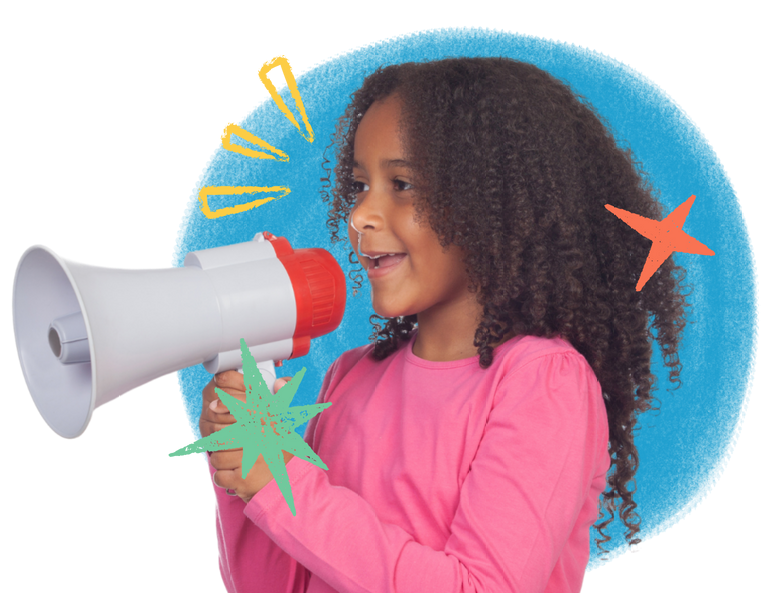
You May Also Be Interested
Share this page:

